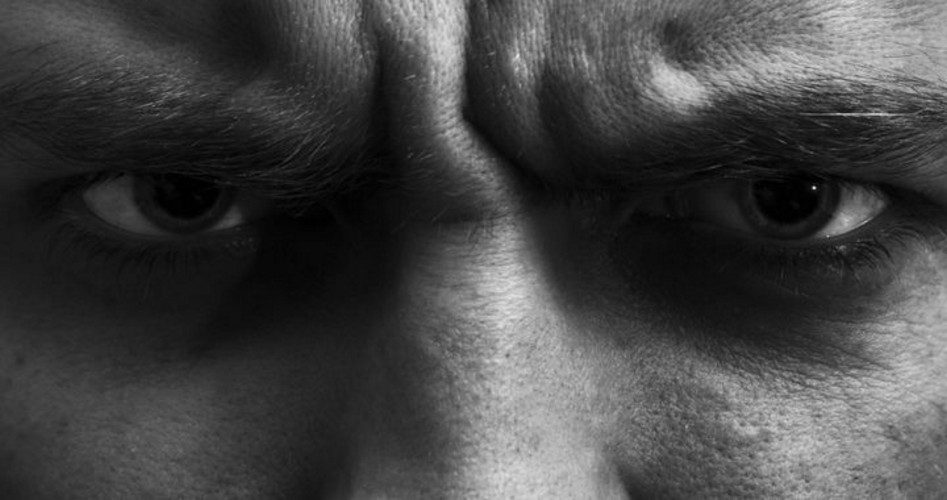
The Justice Department has announced that it will mandate “implicit bias” training for its employees to ensure that they are not permitting unconscious bias to influence their law-enforcement decisions. The training program is the latest in the DOJ’s long history of advancing a narrative that non-whites are the victims of institutional prejudice — despite much evidence to the contrary.
On Monday DOJ Deputy Attorney General Sally Yates issued a memo advising that the program will target “implicit biases,” which are unconscious but pervasive stereotypes. She stated, “Implicit bias … presents unique challenges to effective law enforcement, because it can alter where investigators and prosecutors look for evidence and how they analyze it without their awareness or ability to compensate.”
According to Reuters, the program will mirror the one developed by the former director of the Police Executive Research Forum.
The training program was prompted by criticisms that the department had not developed its own program to address bias, despite having instructed local police to do so at the direction of a task force created by President Obama following the 2014 riots in Ferguson, Missouri. Police departments in major cities, such as Los Angeles, New York, and Baltimore already have instituted training programs to help officers recognize and control their own biases.
The Justice Department believes implicit bias may be behind arrest data that shows that black and Hispanic men are more likely to be stopped by police.
But is it a fair assessment to determine that if more blacks and Hispanics are being arrested for specific crimes, it must be because of racism?
The website Discover the Networks examined this question in 2008, at which time blacks made up 12.6 percent of the U.S. population but accounted for 38.9 percent of all violent crime arrests nationwide. Those arrests included 32.5 percent of all rapes, 55.5 percent of all robberies, and 33.9 percent of all aggravated assaults. At the time, critics pointed to those figures as clear evidence that bias exists in the criminal justice system. But upon closer examination of statistics provided by the National Crime Victimization Survey (NCVS), Discover the Networks came to a very different conclusion:
Victims of violent crimes (such as robbery, rape, and assault) are usually able to see an attacker well enough to at least identify his or her skin color — along with other distinguishing physical characteristics, like sex, height, weight, and clothing. Since these descriptions are generally what enable the police to make arrests in such cases, even the most racist officer has very little room for discretion; i.e., he cannot arbitrarily arrest a black person if a victim identifies a white offender. NCVS data show that, statistically, the average black is far more likely than the average white to be identified, by a victim, as the perpetrator of a violent crime. This racial gap, moreover, is approximately equal to the racial gap in actual arrest rates. In other words, blacks are arrested for violent crimes at higher rates than whites not because of police racism, but because they commit those crimes at higher rates than whites. The earliest solid evidence for this dates back to 1978, when a study of robbery and aggravated assault in eight cities found that the rates at which victims and witnesses identified blacks and whites, respectively, as perpetrators, were essentially equal to the rates at which blacks and whites were arrested for those particular crimes. As Manhattan Institute scholar Heather MacDonald notes, this finding has been “replicated many times since, across a range of crimes.”
National Review pointed to those same figures in a 2013 article that examined allegations of police racism and included additional statistics that proved once more that the disparity in arrests for blacks versus whites is not a result of bias:
Blacks in 2012 committed about 75 percent of all shootings in New York, and whites a little over 2 percent, though blacks are 23 percent of the city’s population and whites 35 percent. Blacks are 60 percent of the city’s homicide victims. Their killers? They aren’t white….
As for interracial crime, black homicide offenders in 2010 had nearly three times the absolute number of white and Hispanic victims as there were black victims of white and Hispanic homicide offenders, despite blacks’ much lower population numbers.
MacDonald also noted that in New York from January to June 2008, 98 percent of all gun assailants were black and Hispanic, and that 49 of every 50 muggings and murders in New York were at the hands of black and Hispanic criminals.
Then-New York Police Commissioner Ray Kelly confirmed MacDonald’s figures, noting that despite the fact that 96 percent of all crimes in the city were committed by blacks and Hispanics, only 85 percent of the controversial but effective stop-and-frisks were performed on blacks and Hispanics. Furthermore, Kelly noted that a majority of his police force were comprised of minorities, undermining any idea of a racist white police force hell-bent on targeting non-whites.
And while much of the push for these bias programs comes from the notion that blacks are being targeted by whites, FBI numbers from 2007 found that a black male was 40 times as likely to assault a white person as the reverse.
The irony of the DOJ’s implementation of an implicit bias training program, of course, is that the Department of Justice has forged a reputation for being biased against whites, especially under former Attorney General Eric Holder’s leadership. Former Justice Department Attorney J. Christian Adams testified in July 2010 against the DOJ, asserting that the agency bore hostility toward taking cases where perpetrators were black and the victims were white. According to Fox News, Adams quit over the handling of the 2008 voter-intimidation case against the New Black Panther Party, and “accused his former employer of instructing attorneys in the civil rights division to ignore cases that involved black defendants and white victims.”
Under Holder’s leadership in 2014, the DOJ also elected to resurrect The Domestic Terrorism Executive Committee — created in response to the 1995 Oklahoma City bombing but scrapped after the September 11 attacks — in an effort to target so-called racists and anti-government Americans.
Holder explained the DOJ’s decision behind resurrecting the program:
We must also concern ourselves with the continued danger we face from individuals within our own borders who may be motivated by a variety of other causes from anti-government animus to racial prejudice.
Holder’s DOJ subscribed to the narrative that blacks are continually victimized by whites, and Attorney General Loretta Lynch has picked up where Holder left off. Earlier this year, for example, she issued a strongly worded “guidance” letter that said court enforcement of warrants for failure to pay court fines and fees is adversely impacting African-Americans, who apparently are arrested and fined at “disproportionate” rates. As noted by the New York Post, federal data reveal that blacks tend to also “break both felony and misdemeanor laws at a disproportionate rate”; however, such figures are not relevant to this DOJ.
Sadly, however, in an increasingly politically correct and polarized nation, one cannot simply cite statistics to disprove allegations of racism, because any observation portraying a non-white group in a negative light is also classified as racist or stereotypical.
Thus, the prevailing notion is that the police are racist and blacks are being targeted by discriminatory whites. As such, implicit bias programs are introduced to correct the “problem.” And even then, it’s not enough for some critics.
For example, Wade Henderson, president and CEO of The Leadership Conference on Civil and Human Rights, claimed that the training, while “an imperative step forward,” is not enough to “eradicate discrimination in prosecutions and policing.”
Nevertheless, Attorney General Loretta Lynch assures that the DOJ will surely spend the money on training over 28,000 department employees to “promote fairness, eliminate bias and build the stronger, safer, more just society that all Americans deserve.”




